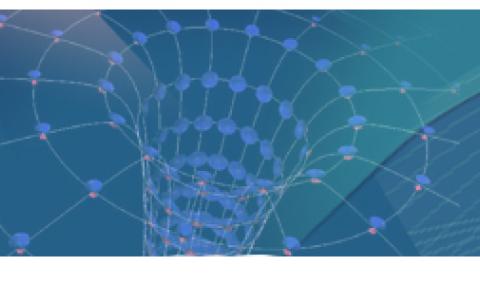Cosmic-rays are high energy particles produced by astrophysical objects. Their spectrum extends from few to 1011 GeV per particle. We suspect that the higheset energy particles are protons produced by black holes, that accrete mass at a rapid rate. However, the theory is incomplete and we have no direct experimental indentification of the sources.
Resolving the puzzle of the origin of ultra-high energy cosmic rays, and understanding the physics of mass accretion onto black holes, are the subjects of intensive theoretical and experimental research. The world-wide experimental efforts include a giga-ton neutrino detector at the south pole, cosmic-ray detectors with effective areas of thounsands of squared kilometers, and space and ground based high energy photon detectors.
The flow of new data drives theoretical progress, which in turn guides further experiemntal developments. The main open questions and the plan for future developments of high energy neutrino, cosmic-ray and photon detectors, have been recently discussed at a workshop at the Weizman Institute. We foresee that the combined theoretical and experiemntal advances will lead to major progress in the coming few years.


